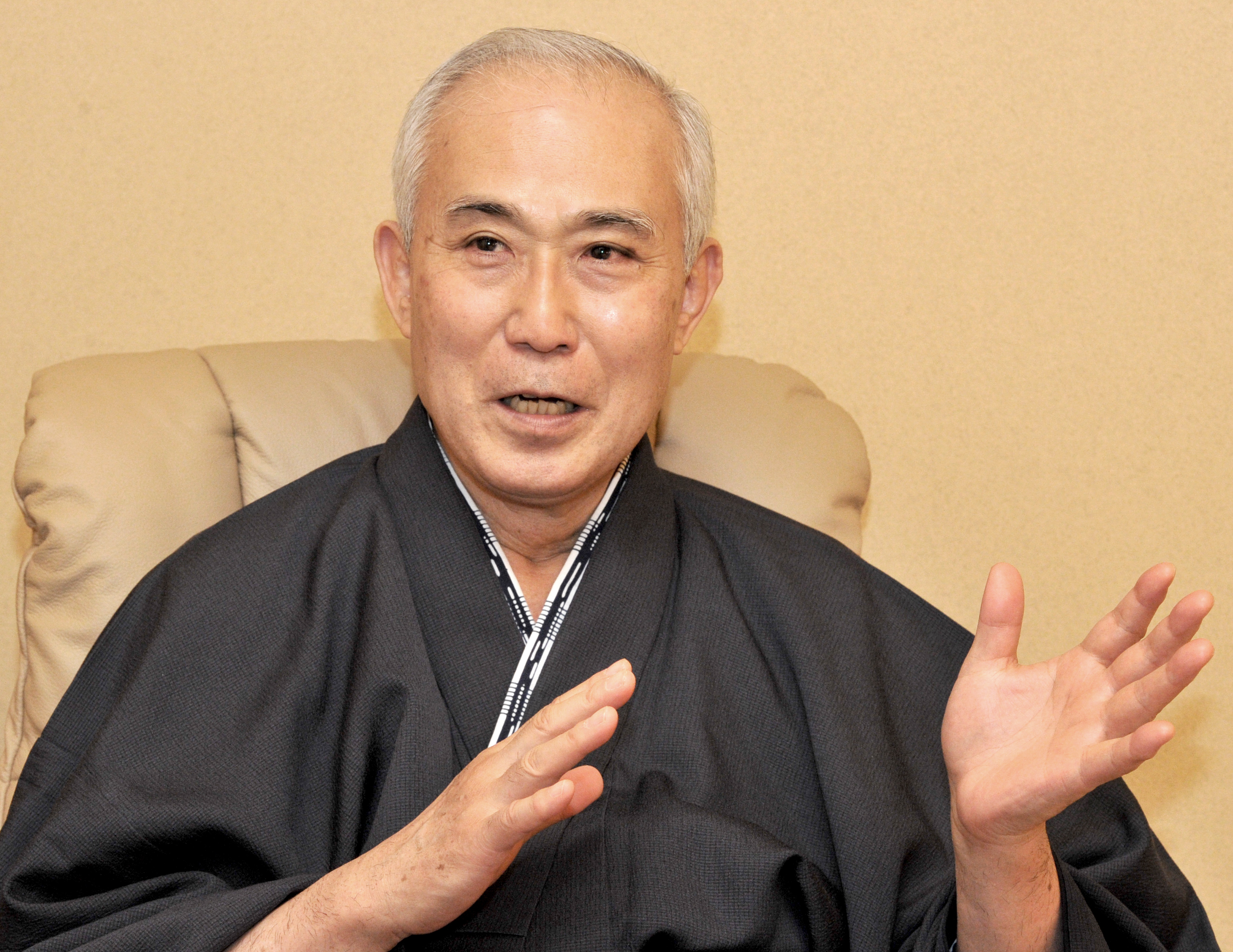As December draws near, the streets are decorated with Christmas ornaments and in Japan, concerts of Beethoven's Ninth Symphony are held all over the nation. In addition to these Western-inspired traditions, there is a made-in-Japan December tradition that has been held since the 18th century and is still going strong today: re-tellings of the true story of "Chushingura."
In 1701, at Edo Castle, the Emperor's Imperial envoy in charge of receiving guests, Asano Takumi-no-kami Naganori, a lord from Ako, attacked his trainer, Kira Kozuke-no-suke. The incident was the result of a dispute during which Kira had been rude to Asano, which led to Asano cutting him with a blade. The Edo Shogunate, however, sentenced Asano to seppuku (ritual suicide) and disowned him, while Kira was found not guilty.
The shogunate's ruling violated a law stating that regardless of the cause, both parties are to blame in an argument, and Asano's direct subordinates, 47 former Ako samurai warriors led by Oishi Kuranosuke, Asano's head chamberlain, avenged their master by raiding Kira's home the following year on Dec. 14, 1702. Two months later all 47 warriors were also dead, each having committed seppuku.



